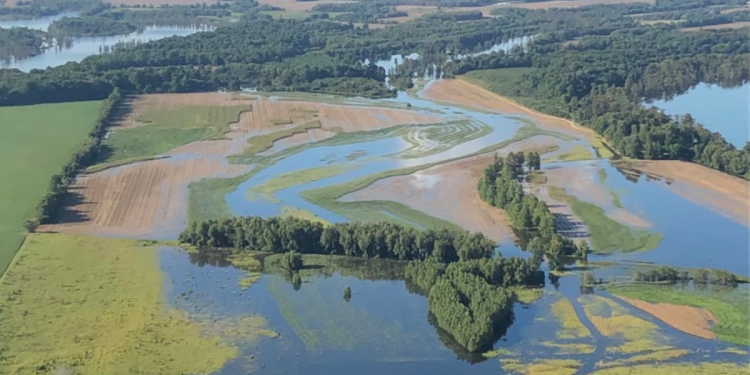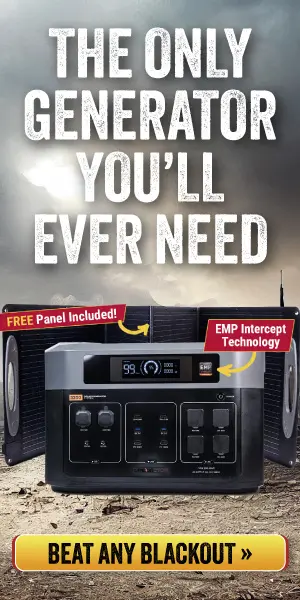It was supposed to be a triumph of modern engineering. The Olmsted Locks and Dam—situated on the Ohio River, an artery of American commerce—was designed to fix the aging infrastructure of Locks 52 and 53. These two rusting, Depression-era relics were falling apart, threatening to grind shipping traffic to a halt on one of the busiest waterways in the country. The Olmsted project would replace them with something better, bigger, and undeniably impressive.
How impressive? For starters, Olmsted is one of the largest and most complex inland water navigation projects in the world. Think of it as the Amazon Prime of river systems—efficient, high-tech, and responsible for keeping everything moving. The system of locks and dams on the Ohio River controls water levels for barge traffic, ensuring that goods—grain, coal, steel, and more—can move efficiently from the Midwest to the rest of the globe.
And move they did. Until the farmers got in the way.
Or rather, until the government got in their way. You see, when you’re holding back that much water, you better know where it’s going to end up. Spoiler alert—they didn’t. Instead, 70,000 acres of farmland—some of the most productive in the country—disappeared under water. Livelihoods were destroyed, 454 farmers lost their land, and the folks who feed you were left holding the bag for one of the most expensive infrastructure projects in U.S. history.
An example of just one of the farmers completely ruined, some farmers lost thousands of acres of crop.
The farmers didn’t ask for this. They didn’t sign up for their fields to become an unintentional reservoir for one of the world’s largest locks and lakes. Yet here they are, mired in bureaucratic limbo, waiting for justice from a government that would rather stonewall than admit, “Oops, we broke your life.” […]
— Read More: www.thegatewaypundit.com




